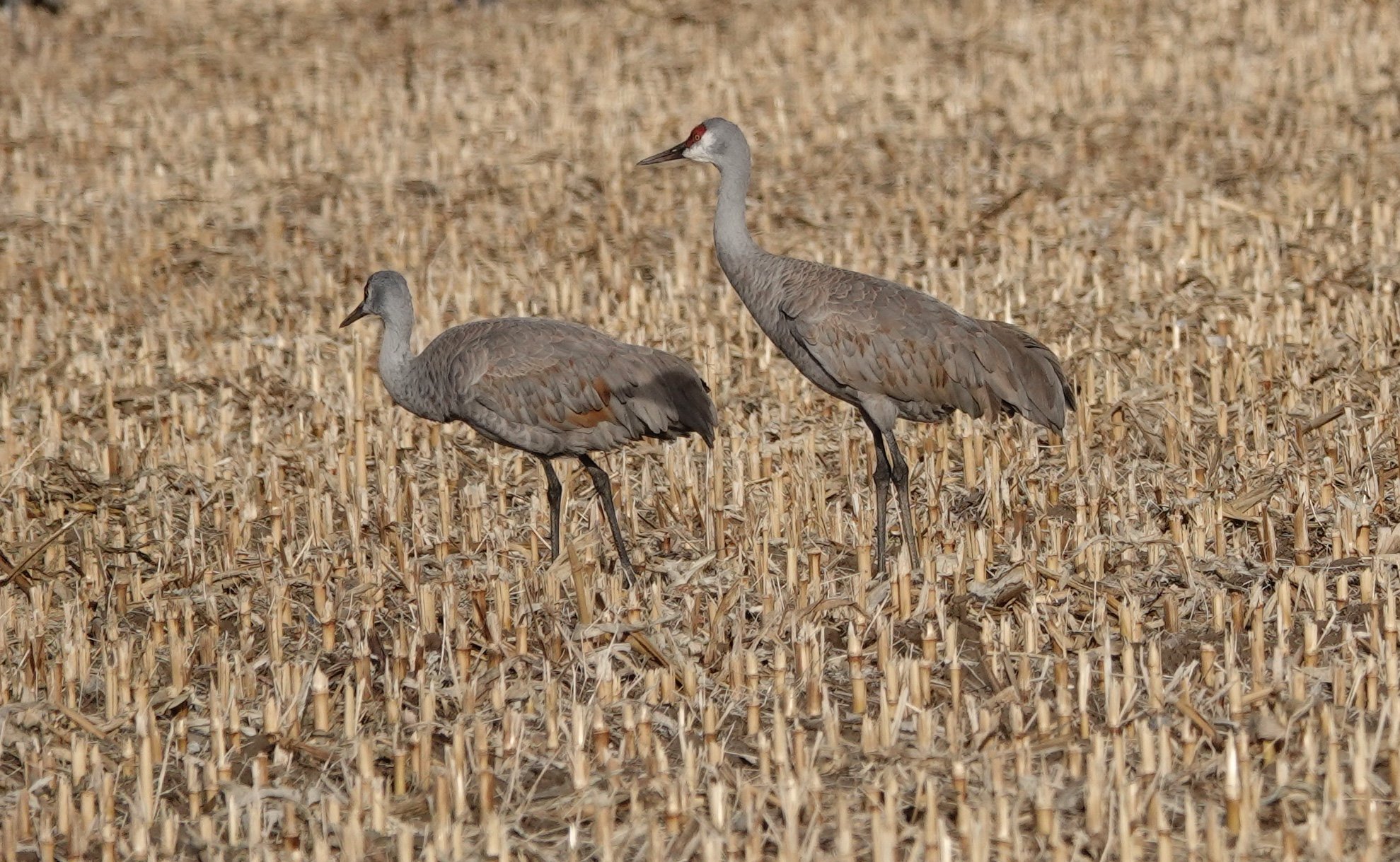My family’s elders insisted a robin needed three snows on its tail before it was truly spring. Sometimes, they were right. Photo by Al Batt
Naturally
In the wild kingdom of my yard, not to be confused with “Mutual of Omaha‘s Wild Kingdom,” I watch the comings and goings of the birds at my feeders. The weather had been variable, but I could depend on the squirrels. I’m glad to have them in my world. A friend bemoaned the price of nyjer seed. I advised him to do what I’ve done and put out a tip jar by the feeder.
My birthday is in March. When I was a sapling, March was our snowiest month and I could count on a storm during the state high school tournaments and when my birthday party was supposed to be. Now, depending on who you consult and where you live in the state, March falls behind December, January and February in snowfall.
The pussy willow is a native shrub or small tree of wetlands and swamps. It grows 10-20 feet high, with multiple trunks. The plant is a host to the viceroy butterfly whose caterpillar feeds on it. There are 18 willow species native to Minnesota, but it’s the pussy willow that’s first to break dormancy and flower in March. The flower buds are brown with silver to white hairs poking out like cat fur. The entire flower structure, which lacks petals, is known as a catkin (derived from an obsolete Dutch word for kitten) and any willow with furry flower clusters is likely to be considered a pussy willow. Willows are dioecious, meaning male and female flowers are on separate plants. The story goes, a willow tree heard a mother cat crying because her kittens were drowning in a river. The willow swept its graceful branches into the water and rescued the kittens, who grabbed onto the branches until brought safely to shore. Each springtime since, the willow branches sprout tiny fur-like buds at spots where the tiny kittens had once clung.
White-tailed deer bucks shed antlers anywhere from December to mid-March. Stress caused by deep snow, severe cold or hunger could rush the process. Edges of fields where deer feed, along well-traveled trails and the southern exposures of bedding areas are good places to look for dropped antlers. The whitetail rut or breeding season runs from early October to late December. May is the month when most fawns are born.
Q&A
“Why do the trees in my yard have an area clear of any snow circling the base of their trunks?” I notice this annual happening most often on deciduous trees because conifers shield their trunks from some of the sunlight. When the sun shines, a dark-colored tree absorbs more heat than the surrounding snow. The bark of the trees soaks up the solar rays, with the ensuing warmth melting the surrounding snow. The same thing could happen with utility poles and fence posts.
“When do I get to see my first chipmunk of the year?” On average, I see mine during the first week of March. I enjoy the company of chipmunks. I can’t help but think of Chip, Dale, Alvin, Simon and Theodore when I see one, but the little buggers love tomato juice and chew holes in the bottoms of my garden tomatoes so they can drink their fill.
“How can I tell if the robins in my yard in March are overwintering birds or have migrated in from the south?” Differentiating the two can be somewhere between difficult and impossible. Some people think the new robins are a bit more flighty, but I’m not sure that’s a dependable clue. Male robins arrive on their breeding grounds days to weeks before the females. Male robins have dark black heads and bright orange breasts compared to the females. A female’s plumage appears faded and drab. A male returns early to secure a good territory and to guard it against other robins. The female has little need to return early and can afford to wait for favorable conditions. She needs a good supply of mud to build her nest, but if she builds it too early, hard frosts could weaken the nest. If the weather turns nasty and she runs out of food, it could make it difficult for her to produce eggs. Male robins, Turdus migratorius (migrating thrush), intending to remain in your area will sing territorial songs. Robins passing through occasionally sing, but not as frequently. Winter and migratory behaviors include flying and feeding in flocks, eating fruit and maintaining a peaceful coexistence. Spring behaviors are singing, territorial battles, eating worms, running on lawns and carrying nesting materials.
Thanks for stopping by
“Eating is an agricultural act.”—Wendell Berry.
“Rats and roaches live by competition under the laws of supply and demand; it is the privilege of human beings to live under the laws of justice and mercy.”―Wendell Berry.
Do good.
©Al Batt 2022
Sandhill Cranes and a utility pole growing in Nebraska.
A young Sandhill Crane is called a “colt.” I have heard a male referred to as a “roan.” It would make sense for the female to be called a “mare.” I read that once, but I don’t recall hearing anyone using that term to describe her.
It’s a bird, it’s a plane—it’s a really big bird or a pretty small plane. it could be a drone. Nature talk on the radio.



